I just realised that I hadn't posted any images for some time. To prove I am still a photographer here are a few shots taken over the past week or so. Enjoy!
Keep an eye on the blog next week as I will announce a print discount sale.
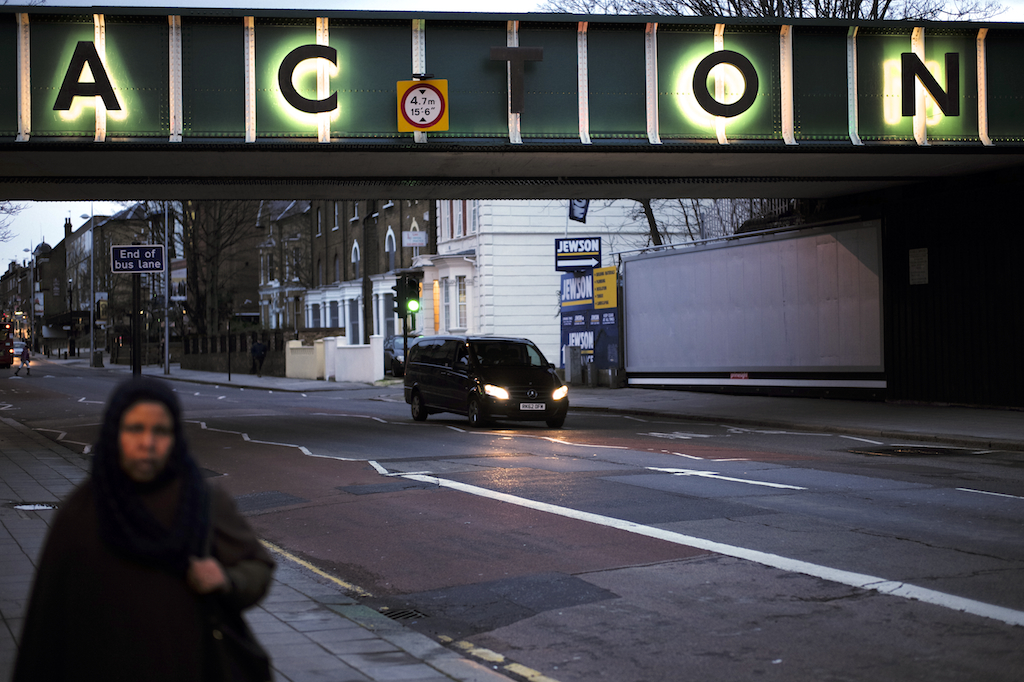
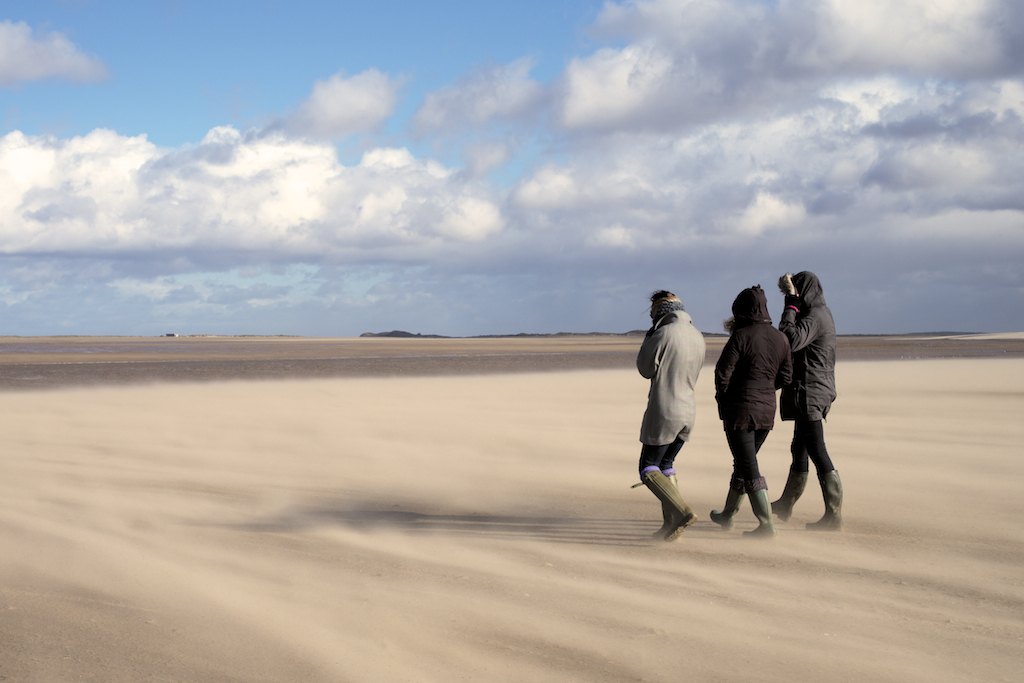
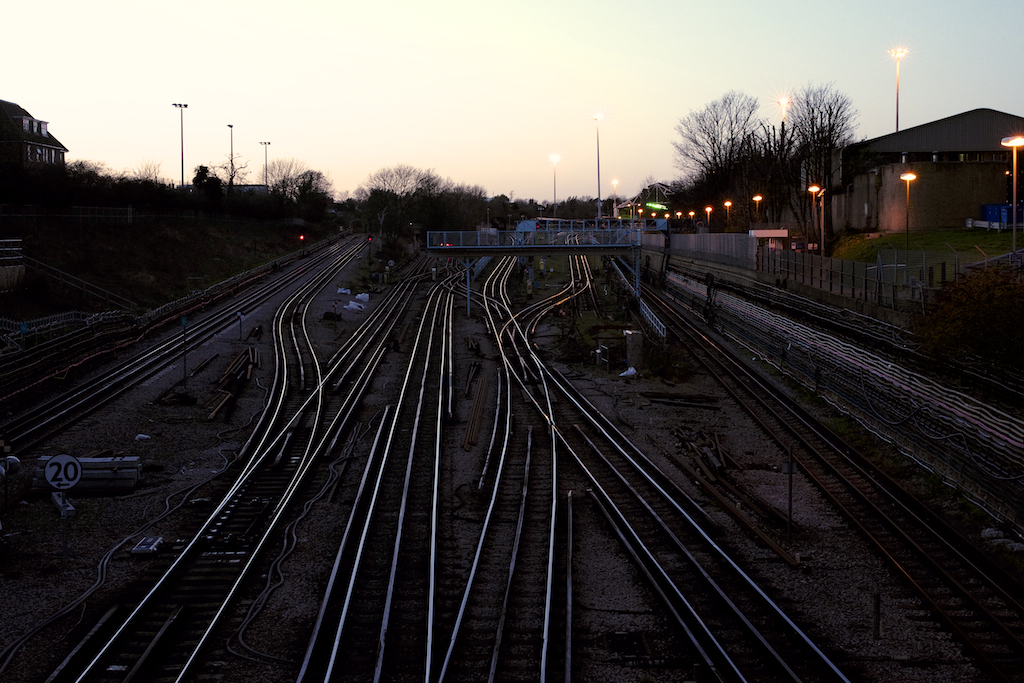
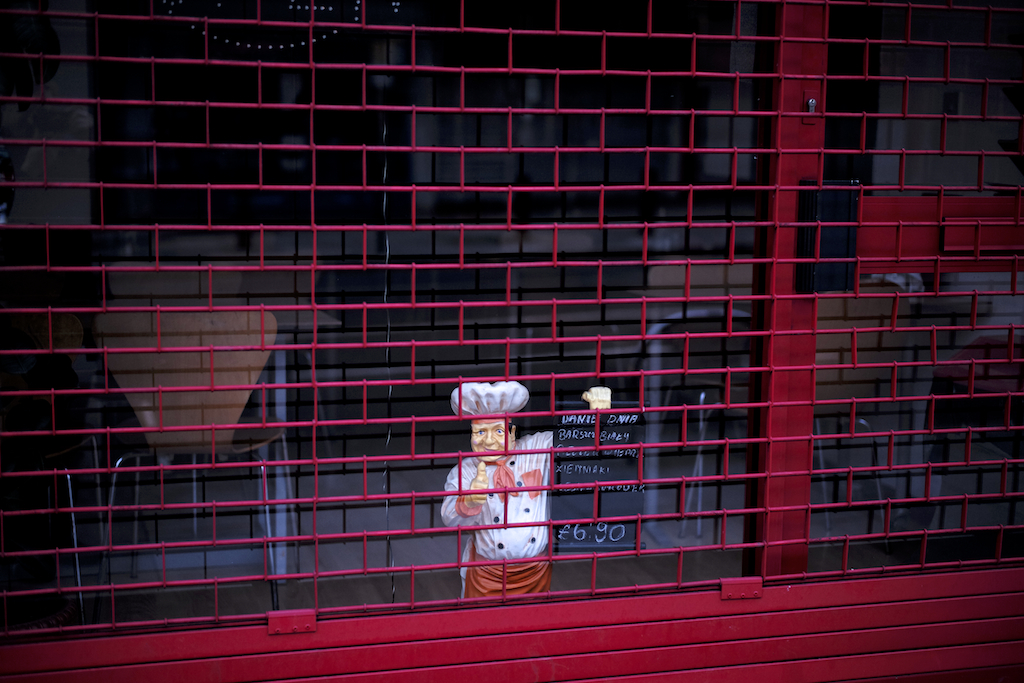
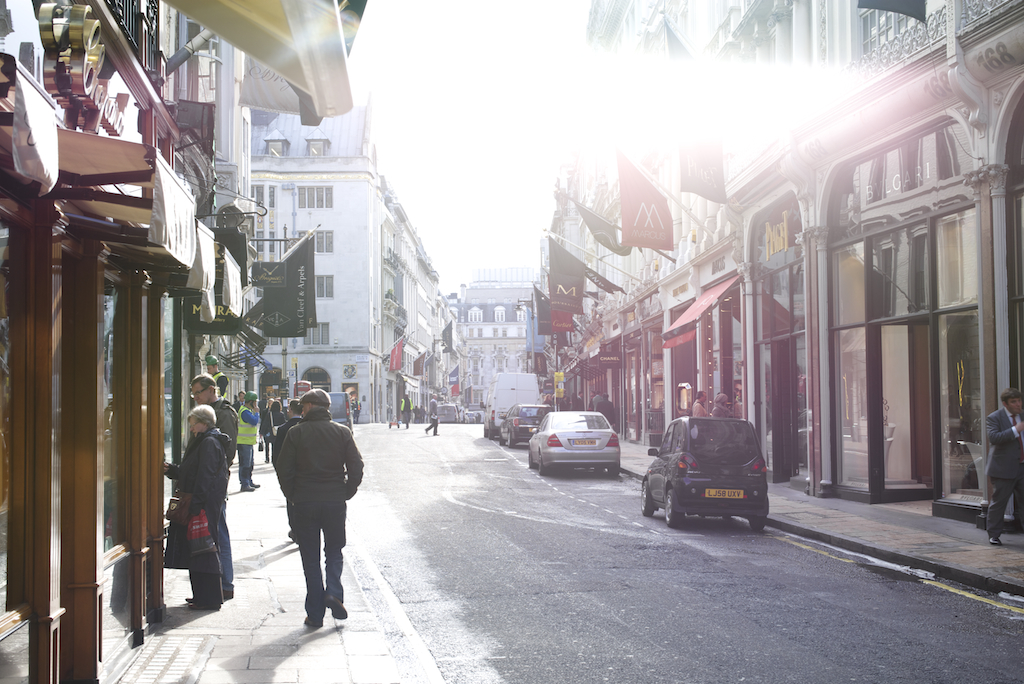
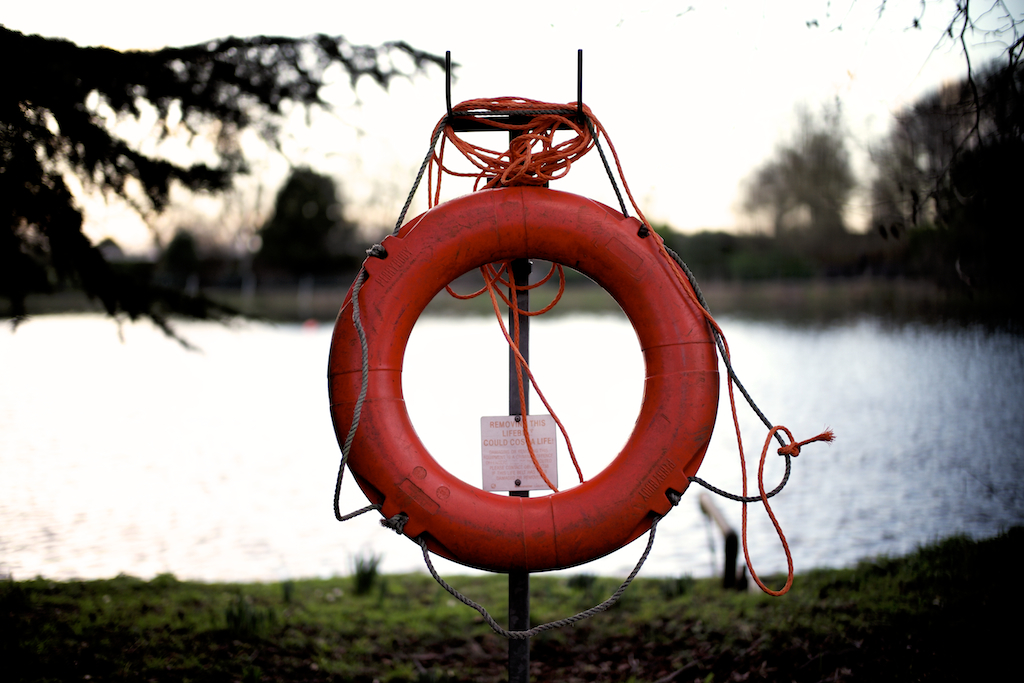
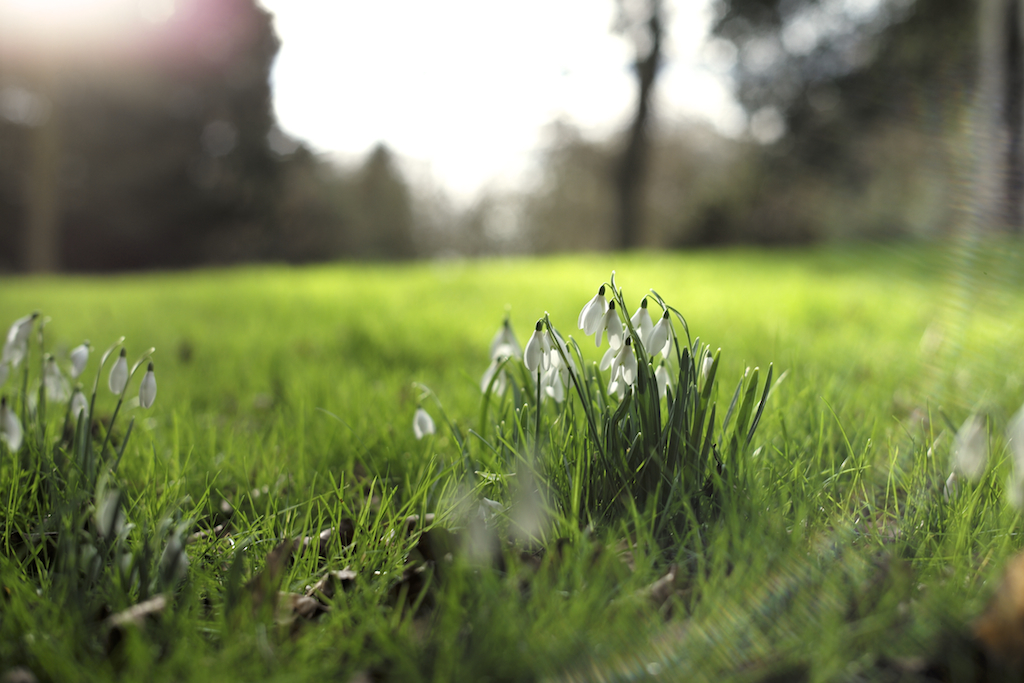
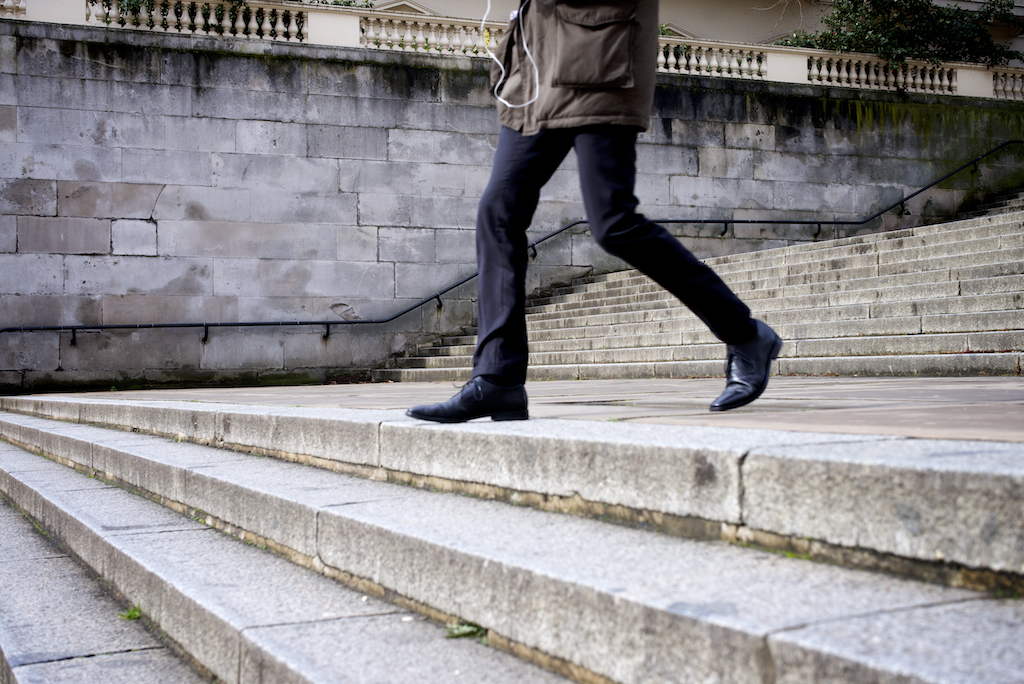
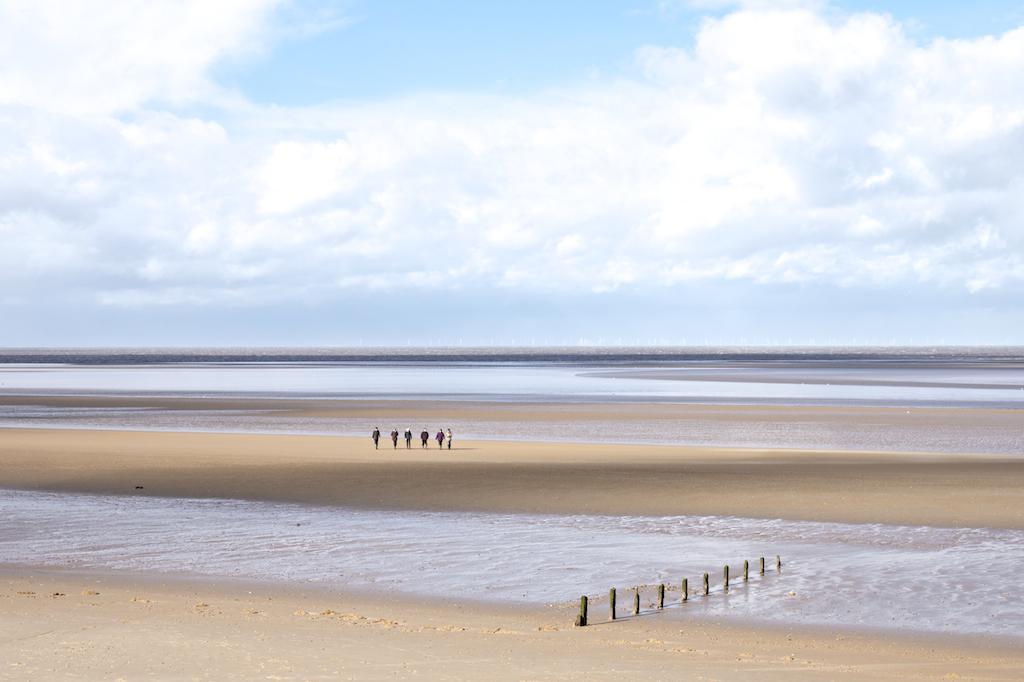
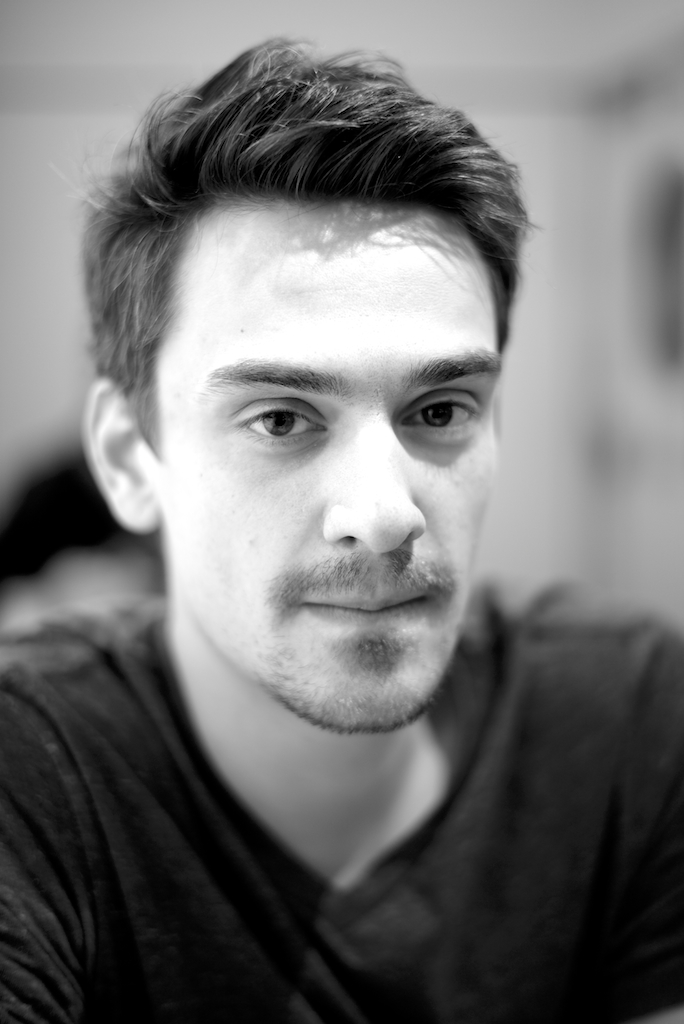
photographer
I just realised that I hadn't posted any images for some time. To prove I am still a photographer here are a few shots taken over the past week or so. Enjoy!
Keep an eye on the blog next week as I will announce a print discount sale.
I left my City job three years ago, all the gear and no idea, with the intent of being a wildlife photographer. I've wanted to be one as long as I can remember, but on closer inspection I was met with a great sense of disappointment. I no longer want to be one. The change is a seriously hard process, the imagery I always wanted to make suddenly does little for me.
I set out with enthusiasm. Some of the work was good and I still use it today, but most matched my inexperience. With modern equipment and a decent budget it isn't totally inaccessible to become a wildlife photographer, but becoming a good one is very difficult.
What constitutes a good one? A better question is what is a wildlife photographer? Frankly, I don't know. I began to realise that all these photographers I had grown up worshipping were good image makers (some great), but the message was misleading. I tell myself that's just life - never meet your hero, they will inevitably not match the unfair expectations you lay on them. Some think a good one is the one that got results, but this implies that the means justify the image, and clearly they do not. Wildlife photographers have contributed enormously to conservational work, that much is true. But not all of them, not by any means.
What really disappointed me, and remained disappointing under closer scrutiny, was that the image being produced was idealistic, every time. A portrait of an animal always denies the surroundings, hiding from the viewer a true view for context.
This opinion of mine doesn't garner many friends in that world, sadly. The intellectualisation isn't welcome. It's perceived as a threat, which is really isn't. The dissemination of imagery is so important that we must discuss it. It's reminiscent of the struggle of all photographers, new things mean new threats to photography, a medium changing at an alarming rate. This change is opportunity for rebirth. Lewis Bush puts it far better than I do, "To be sure we have our own photographic monks and monasteries today, eager to retain their privileged positions as custodians of creation or curation".
I took a portrait of a young red grouse in my endeavours in 2011 and it's not a bad one (pictured at top). It looks wild, exciting, conveys images of unkempt moorland, perfect light (luckily) and captures the grouse in a rare moment of revealing itself. It was, in fact, a wonderful experience. It was, in fact, just by a road in the Peak District. Red grouse are, in fact, abundant in that spot because local grouse moor shoots facilitate an unnaturally high number of red grouse in the area. On this moor they are not shot, the moor is open to the public, so in effect it is a safe haven. Can you get that from this image? Is this image telling us about red grouse? I personally think the second image below, of two grouse in burnt heather, is much more relevant, however I am repeatedly told that my image isn't good, irrespective of relevant content. It's still idealistic and lacks proper context, but it shows that the grouse live on in burnt moorland. What's more important? A pretty picture or relevance, meaning and depth? I'll take the latter every time.
How many tiger images have we seen? How many people want to see a tiger in the wild in India before "it is too late"? The images we see of tigers, on the whole, must be taken from the vehicle, this is the law. As soon as one is seen there will be a traffic jam of safari trucks descending on the spot where this tiger is. The image won't tell us that. Have a look at Tony Heald's image from India. This is what is actually happening. On a smaller scale in the UK we are intruding, interfering, tweaking and "helping".
This is the most significant change I have taken since leaving my old job, and has taken a while. It's a stressful one as my plans needed to reboot.
I am not a wildlife photographer - I never was in truth. Frankly I don't even know what one is. The experiences I've had have repeatedly told me that human influences and interferences are the most ubiquitous and relevant element, and it is there that I will point my camera.